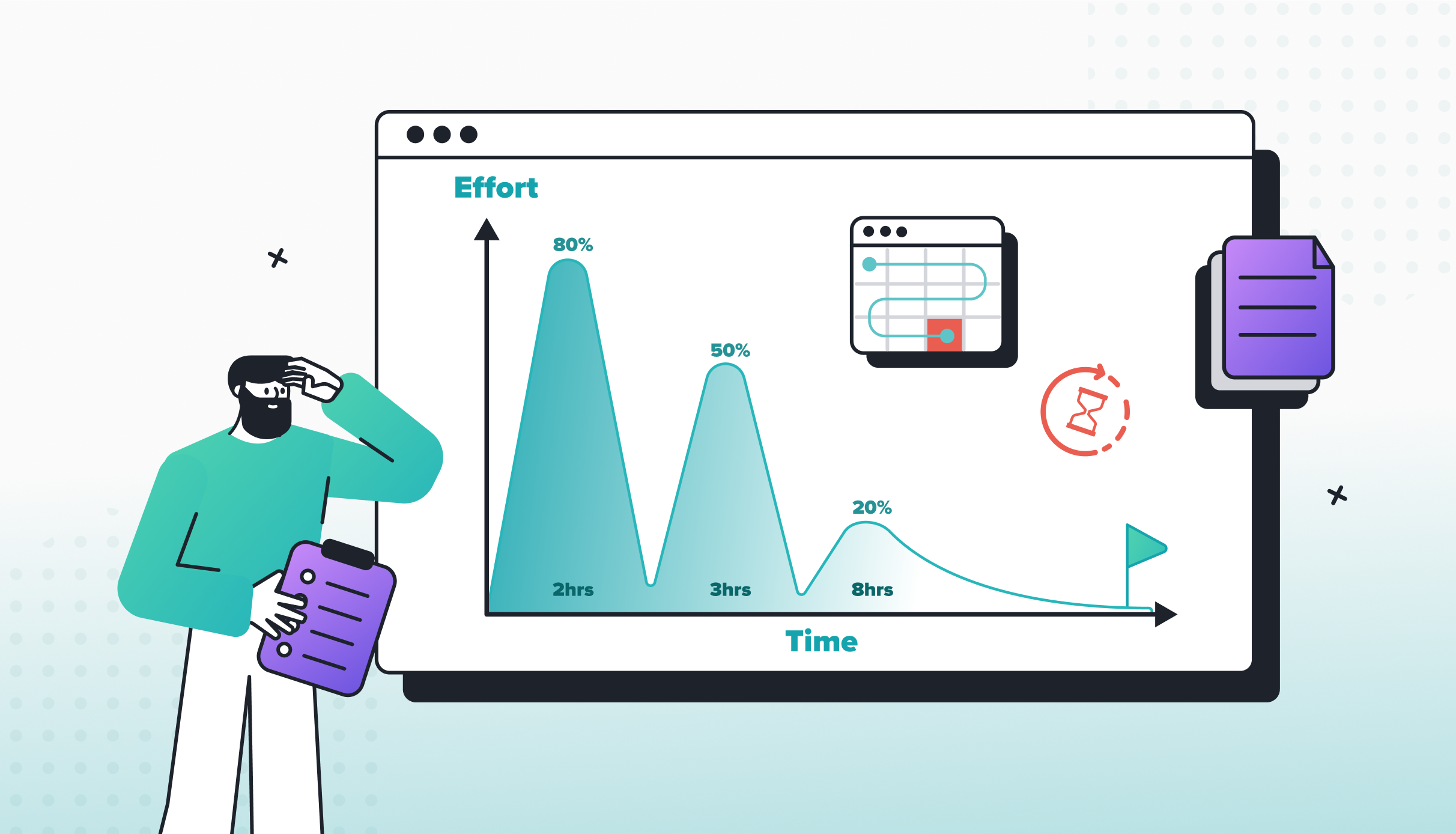
A Positive Mental Attitude And How To Use It At Work
You may have heard about the concept of a positive mental attitude (PMA). In a society that embraces the power of using the right mindset to manifest success and happiness, ideas of building a positive attitude are quickly gaining traction.
This approach to mental attitude can not only apply to personal growth but also a workplace setting to help you achieve your professional goals. In this article, we will introduce you to the positive mental attitude philosophy and explore its effectiveness in promoting professional success.

What Is A Positive Mental Attitude?
The idea of a positive mental attitude, or PMA, was first introduced in 1937 in Napoleon Hill’s book “Think and Grow Rich.” His philosophy centers around the idea that if you approach all life’s challenges with an optimistic attitude, you will have a better chance of successfully navigating them. He posits that a positive perspective attracts positive outcomes in any part of life, including fostering fulfilling relationships, good health, happiness, and professional success.
Having a positive mindset is a choice that anyone can make. Those who embrace it live according to values like hope, optimism, courage, and kindness and resist giving in to hopelessness or negativity. He states that in every circumstance, people should try to handle different situations in constructive ways. Furthermore, by choosing to think positively, people can create a better reality for themselves.
Benefits Of A PMA
In many ways, positive thinking can improve a person’s quality of life. Studies have shown that people with an optimistic perspective tend to perform better, solve problems faster, and even recover faster from sickness or injury.
Our mind is a powerful tool that can certainly influence how we feel about a situation, even if it can’t change the situation itself. The most valuable aspect of a positive mental attitude is that it helps you remember that you can choose how you respond to challenges. It gives you agency, allowing you to take action to pursue your desired outcome.
The idea that you can achieve your goals is highly motivating, and positive thinking encourages you to take charge of factors within your control. In this way, a mindset can be a great tool for building a positive work environment that values problem solving and initiative.
A positive-thinking workplace may emphasize teamwork, reward can-do attitudes, give lots of positive feedback for achievements, and frequently discuss upcoming goals and the steps being taken to reach them. This can make for a very pleasant workplace environment and foster a sense of community within your team, motivating employees to do great work.

Downsides Of A PMA
Sometimes, people can have too much of a good thing. While there are many advantages to a positive mental attitude, it can be taken too far and cause problems within a workplace. This is particularly true when the process of embracing a positive attitude leads people to ignore problems or invalidate negative feelings.
Like it or not, problems happen in all areas of life, and we have to take action to solve them. Studies of optimism connected to success show that it is not only the positive self-talk and perspective of participants that bring about a better outcome; it is their actions and how they respond to challenging situations. A positive mindset without connected action may help improve your mood, but it won’t foster success.
It’s common to encounter workplace problems caused by various factors, including communication issues, system errors, or work done incorrectly. Most of these issues, if addressed, can be corrected in the future. It is important for positive-thinking workplaces to be able to confront and discuss issues to find solutions and ultimately boost team efficiency.
Positive thinking can exacerbate issues when it invalidates negative emotions. Challenging situations can frequently lead to feelings of frustration, anger, or sadness that aren’t within our control. While it is important to find healthy, constructive ways to process these emotions, it is important that they are given the attention they need to be resolved. Otherwise, they could build up and lead to internalized resentment and future communication problems.

Finding Balance In Your Mindset
While positive thinking can give us the drive to take action and solve problems, it can’t fix problems for us. Instilling a positive mindset in your team can be very beneficial as part of a balanced approach that doesn’t ignore problems.
Fostering a positive work environment can help your team to think about the best ways to solve a problem, but it shouldn’t push aside negative elements that need to be discussed. Ignoring problems can lead to inefficiency and emotions that build up to problematic levels over time.
It can be difficult at first to change one’s mindset, so when building positive attitudes within your team, focus on actions taken. The way people respond to situations is habitual, so these behaviors can be learned over time with practice. While you may not be able to change how you feel about a problem right away, you can choose how to respond. Over time, most people will find that their mood follows their actions and the process of taking decisive action builds confidence. Developing habits toward taking positive action is a great way to slowly encourage your team to adopt positive perspectives.
Having a PMA can definitely help you shoot for success and boost your confidence. Just remember to use this philosophy in moderation and take action, putting in the hard work needed to achieve your goals.





